Our desire for, and our ability to produce art is one of the characteristics that separates human beings from the other animals on this world. In fact many anthropologists and psychologists would assert that that the beginning of art history is actually the beginning of human history. After all art stems directly from the human imagination, which is perhaps the thing that most makes us human.
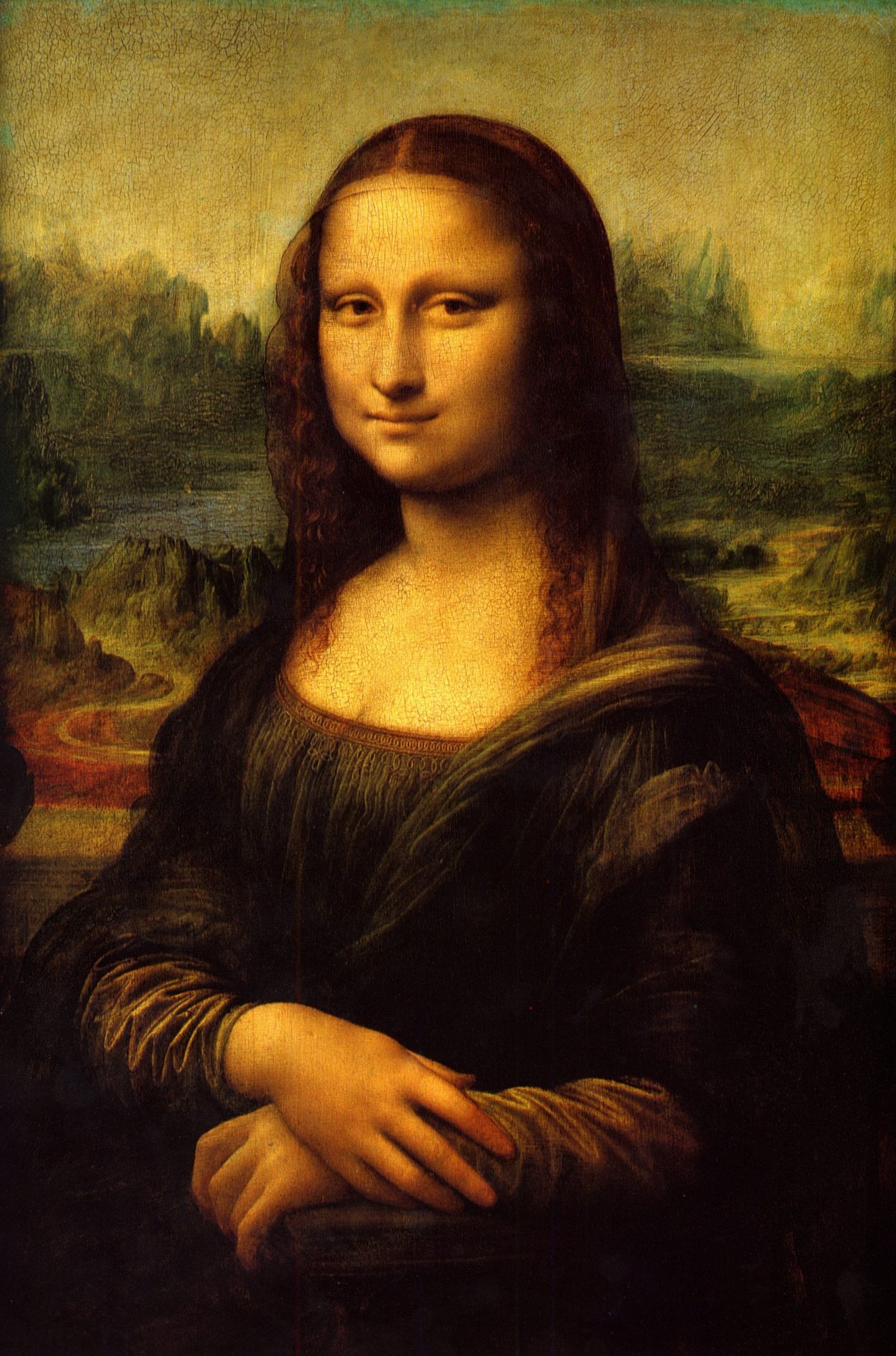
The study of early art is therefore a critical part of the study of early humanity. Examples of Stone Age art are as rare as other Stone Age artifacts however so scientists greet each new discovery as if they had unearthed a gold mine, which to them it is.
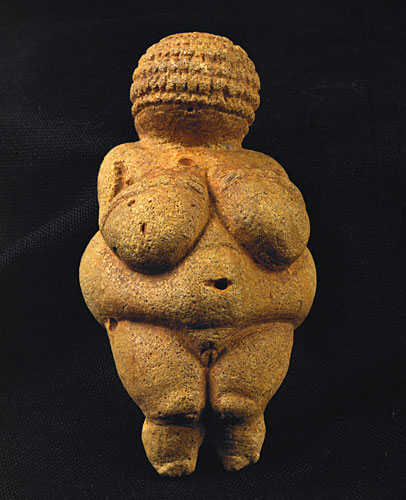
One of the best known forms of early art is cave painting, drawings or engravings that are found on the walls and ceilings of caves. Examples of cave art were first discovered in France in the 1940s and soon hundreds of other such decorated caves were being found throughout the world. The artwork represented in these caves varies greatly but three main themes seem to dominate, drawings of the animals that early humans lived with, drawings of humans themselves and enigmatically, outlines of human hands. These were made by the artist placing their hand on the cave wall and blowing paint, probably through a tube of some sort, onto the hand leaving an outline of the hand on the cave wall.
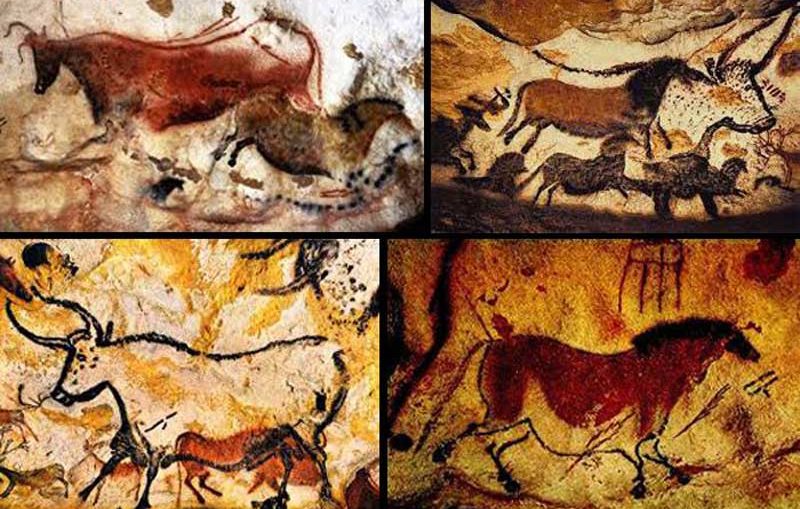
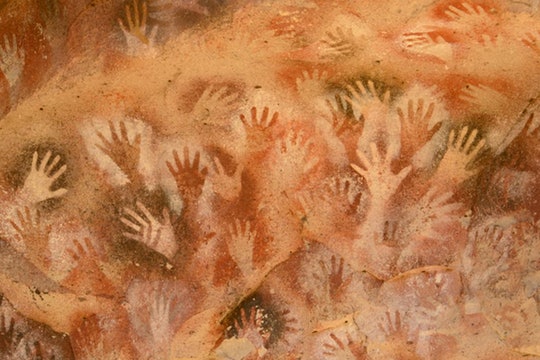
Determining the age of cave paintings can be enormously difficult however and so the question of which cave paintings are oldest, and therefore where cave painting originated, can generate a lot of controversy. Europe, Africa, Asia and Australia all have examples of cave art that have been dated to more than 40,000 years ago. Perhaps rather than competing to see in which area of the world humans first began to create art we should simply marvel at how long ago it was and at the skill that even those early artists showed.
Now a series of pictograms from a cave on the Indonesian island of Sulawesi just to the east of Borneo have been discovered that may represent the oldest known attempt to tell a story with art. The images painted are familiar in some ways, figures of animals that can be identified as local species along with clearly human figures. Looking at the first image below the large image is that of species of small buffalo known as an Anoa that inhabits the island. The second image shows a local species of swine called the Sulawesi Warty Pig.


Both animals are accompanied by human-like figures arranged in a manner that suggests a hunt. That suggestion is further strengthen by the fact that some of the humans are carrying items that could be spears or rope. If that is the case then the cave art in Sulawesi may be the earliest attempt that we know of to use art in order to illustrate a story.
However there are also several other figures that have really piqued the interest of archaeologists. These small figures appear to combine human and animal characteristics. The image below illustrates this with human-like creatures that also seem to possess a tail or snout. Such human animal hybrids, technically known as therianthropes are very common in later mythology, hey we still talk about werewolves and mermaids. To have evidence of such supernatural beings from so long ago is astounding however.
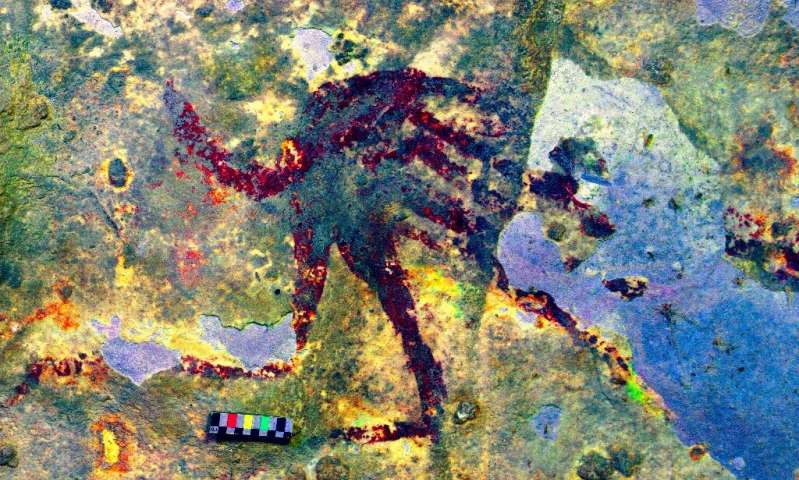
As to the age of the paintings in the Sulawesi cave the archaeologists were able to conclude that some of the images date to as long ago as 43,900 years. They did this by radioactive measurements of the calcite deposits that have built up on top of the images. Since the calcite is on top it must have formed after the images were made, measuring the ratios of Uranium to Thorium in the calcite then tells you old it is and the images beneath can only be older.
The cave where these new paintings were discovered is just the latest of 242 similar caves with artwork found in them on just the island of Sulawesi. How many more caves remain to be discovered only time will tell. Cave art is teaching us a great deal about the growth of the early human imagination, the thing that truly sets us apart from the other animals.
